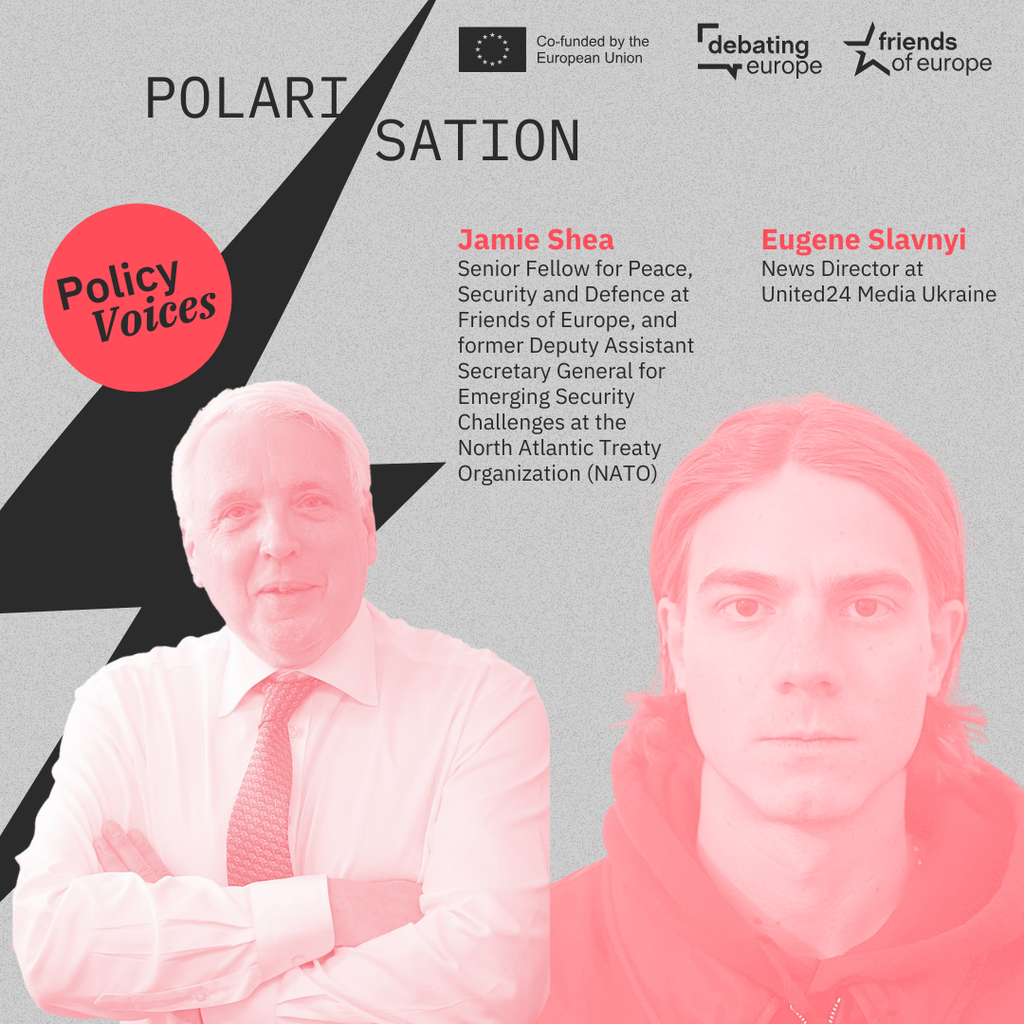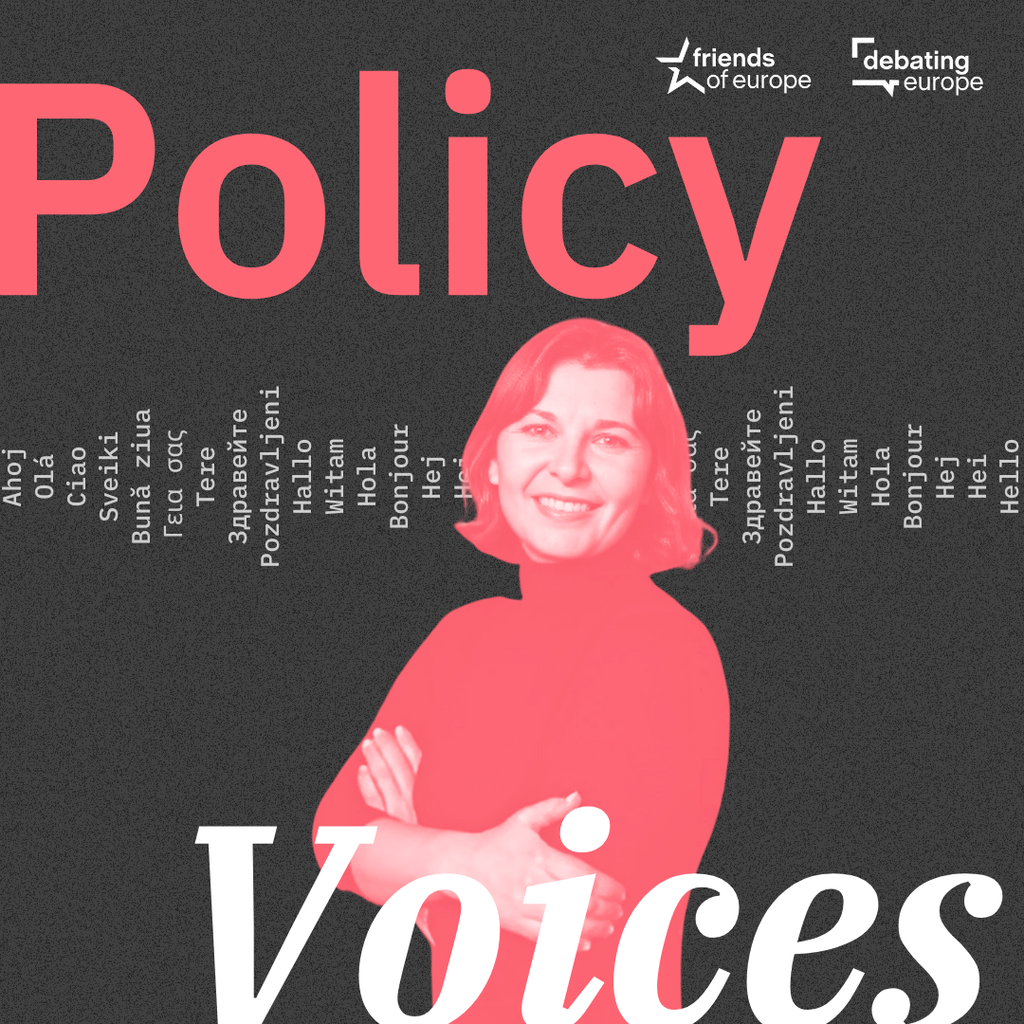From ambition to action: building Europe’s Defence Union
Past event In person

- Area of Expertise
- Peace, Security & Defence

Daniel Koehler is the Founding Director of the German Institute on Radicalization and De-Radicalization Studies (GIRDS)
Arguably, the only good thing that the self-styled ‘Islamic State’ (ISIS) has achieved since its emergence on the global stage is to have turbocharged counter-radicalisation policies and practices around the world. Admittedly, this was most likely an unintended success for ISIS. Unfortunately, it also highlights that decades of attempts to implement and develop counter-radicalisation – also referred to as ‘countering violent extremism (CVE)’ or ‘de-radicalisation’ – policies and programmes were mostly shrugged off until ISIS came along.
Only the potential return of thousands of battle-hardened and highly radicalised foreign fighters has prompted intelligence agencies and policymakers to full-heartedly pursue counter-radicalisation strategies. The sheer volume of foreign fighters in the Syrian and Iraqi Civil Wars and the organisation’s adept use of modern communication channels to spread propaganda have made these operations a thing. Indeed, the thing for many.
If we start from 2014 – the year ISIS declared the caliphate – the United Nations Security Council (UNSC) Resolution 2178 urged all member states to establish effective rehabilitation measures for returned fighters from Syria and Iraq. The revised “European Union Counter-Terrorism Strategy” released the same year strongly emphasised “disengagement and exit strategies”.
A year later, in 2015, the OSCE released a “Ministerial Declaration on Preventing and Countering Violent Extremism and Radicalization That Lead to Terrorism” with 22 comprehensive recommendations for members states ranging from measures to counter terrorism financing to exchange of best practices, including reintegration and rehabilitation of prison inmates convicted of terrorism.
Since then, the UNSC has also fleshed out a “Plan of Action to Prevent Violent Extremism” with more than 70 recommendations, including a call to introduce “disengagement, rehabilitation and counselling programmes for persons engaged in violent extremism”. The European Commission has similarly called for the implementation of “de-radicalisation” programmes, insisting it be an “absolute priority”. In 2017, the UN went even further, with Resolution 2396, calling for specific measures to counter terrorism, including CVE activities, such as counter-narrative campaigns and rehabilitation programmes.
Only ISIS managed to lift CVE and counter-radicalisation policies out of their (mostly) shadowy existence
This astounding success of implementing counter-radicalisation policies at the highest levels of European and international policy frameworks came almost a decade after the idea of “reversing radicalism” was hailed as number 4 of Time Magazine’s “top 10 future revolutions”. Back then, certain European countries had already established counter-radicalisation initiatives against the Far Right and other forms of violent extremism. In Germany, the first exit programme for terrorists started in the late 1980s, seeking to rehabilitate members of the left-wing Red Army Faction. In the 1990s, Germany, along with Norway and Sweden, began to experiment with wide-reaching counter-radicalisation programmes and policies directed at the extreme right.
However, only ISIS managed to lift CVE and counter-radicalisation policies out of their (mostly) shadowy existence and massively boost their funding. Granted, this was a desperate scramble for an effective tool to combat and prevent homegrown radicalisation. Yet it is not without merit.
Take, for instance, the 2011 European Radicalisation Awareness Network (RAN). Since the emergence of ISIS, it has been significantly expanded and prolonged far beyond its original scope. On top of this, most European countries have now created national strategies and action plans to counter violent radicalisation processes backed by impressive public spending.
For example, the main German funding scheme for civil society non-governmental organisations (NGOs) in the CVE field started in 2015 and increased to over 100 mn Euros annually in 2017. The government also eliminated its original limited timeframe, making it an indefinite undertaking. The programme now funds well over 600 CVE projects in Germany, in addition to numerous governmental de-radicalisation programmes across the country. While the Germans were careful to make clear that all forms of violent extremist radicalisation need to be countered, other countries focused their counter-radicalisation explicitly on Islamic extremism as a direct reaction to ISIS recruitment and inspiration.
Regardless of the exact label used, ISIS has had an immense impact on the creation, funding and expansion of these programmes. In fact, ISIS indirectly brought CVE to those European countries, such as Spain, France, and Belgium, that did not know of it before. This should be good news. But it also comes with a risk.
Calls for evidence-based practices … were silenced through the sudden wave of funding and demand
The counter-radicalisation field has rapidly grown into a self-sustaining and (mostly) taxpayer-funded industry of think tanks, civil society NGOs and lobbyists. The industry aspect is not the part that is most disconcerting. Indeed, the professionalisation of any field attracts larger organisations, highly skilled experts and the funding needed to provide adequate wages to compensate practitioners for confronting the complexities and dangers of the job. The main problem lies in the pace of this industry’s growth.
The policy-driven demand for counter-radicalisation programmes increased so quickly that most organisations in this field could not expand in a healthy and professional way (i.e. recruiting the best personnel and training them adequately). Also, the calls for evidence-based practices and rigorous quality standards, as well as scientific evaluations, were silenced through the sudden wave of funding and demand.
Along with attracting potentially unprofessional organisations, this policy-driven demand had the effect of pushing aside the discourse of establishing knowledge about ‘what works’ in countering-radicalisation in favour of an ‘a lot helps a lot’ approach in some instances. One case in point would be the French attempt to implement CVE policy from scratch, which was dubbed a “total fiasco” by a cross-party Senate committee in 2017 and led to a complete restructuring of the strategy.
In short, counter-radicalisation policies and programmes have recently seen an unprecedented and long overdue growth, both internationally and in Europe. It signals a partial shift from the ill-fated attempt to “arrest and kill our way out of terrorism”. However, in countering violent radicalisation there is no silver bullet solution, no one-size-fits-all panacea. These programmes have to be evidence-based and rigorously evaluated, since ill-designed and hastily set up initiatives are not just a waste of resources, they can also create additional risks.
Past event In person

Next event

Past event Online

Past event Online





Stay informed
We use cookies and similar technologies to adjust your preferences, analyze traffic and measure the effectiveness of our campaigns. Learn more about our privacy policy.